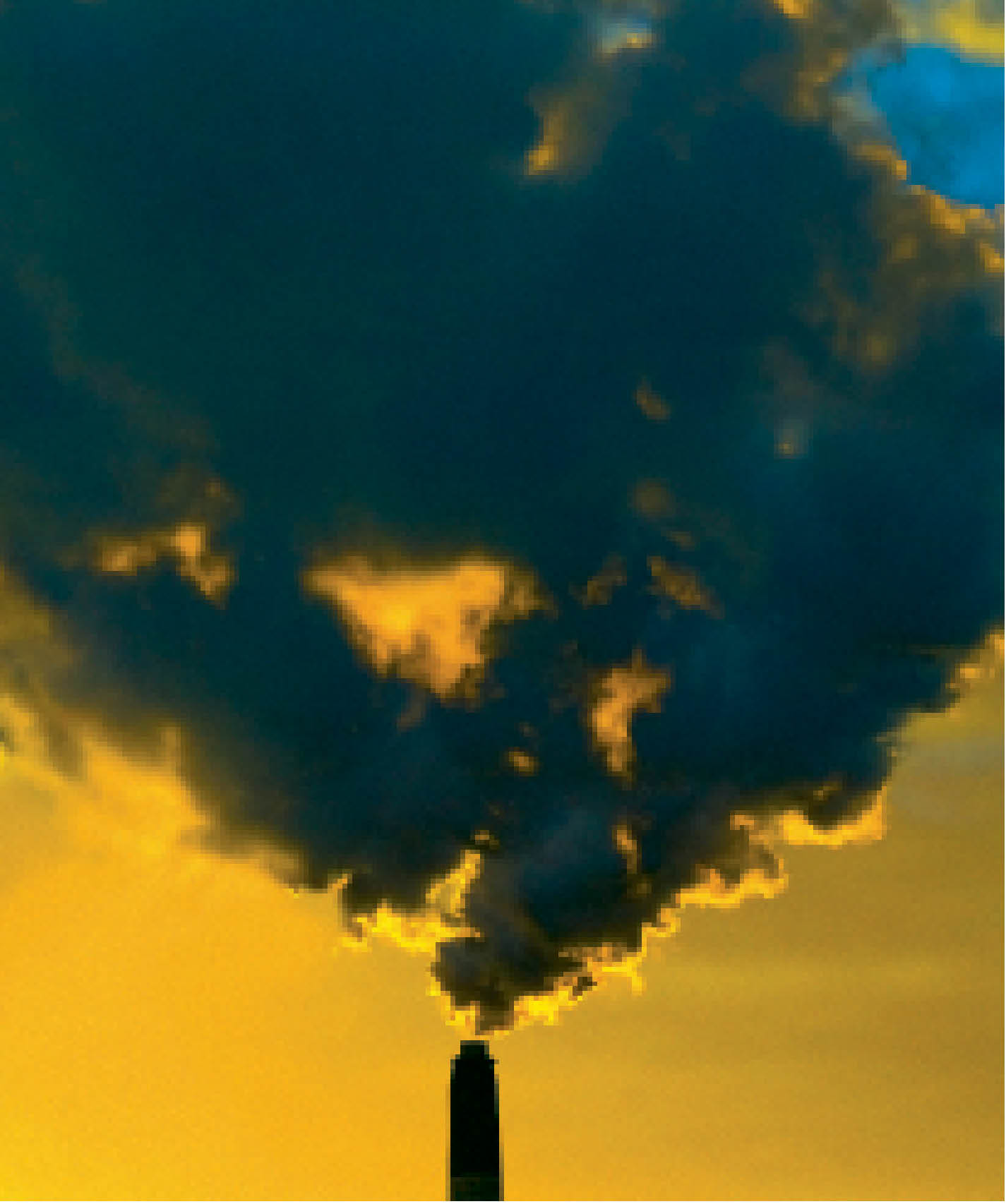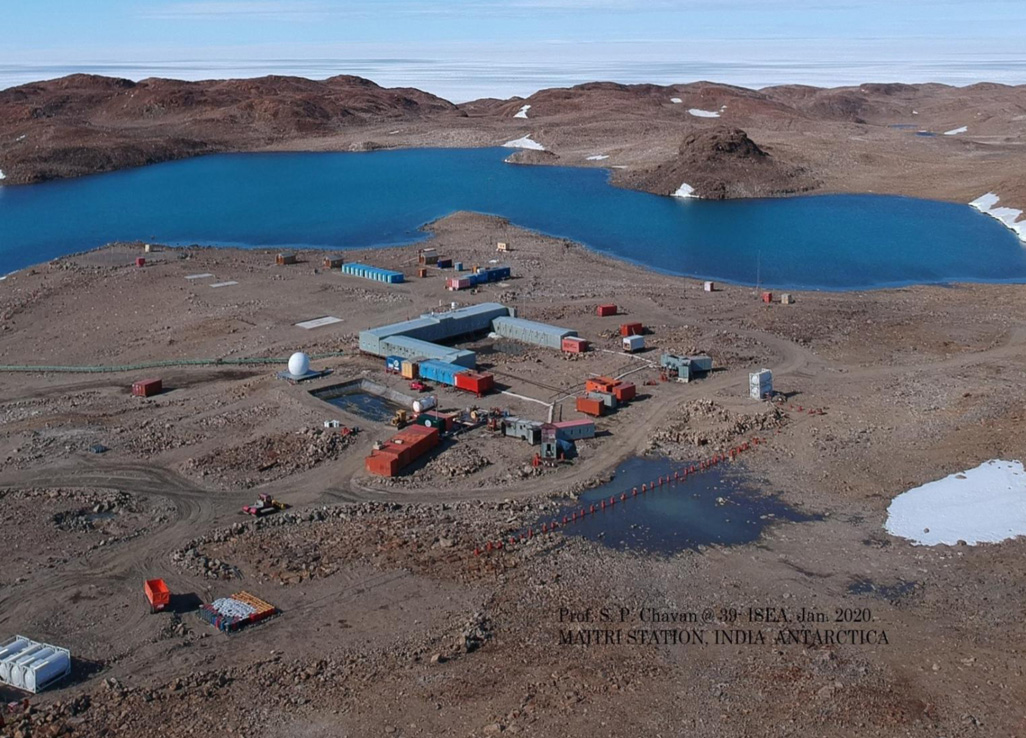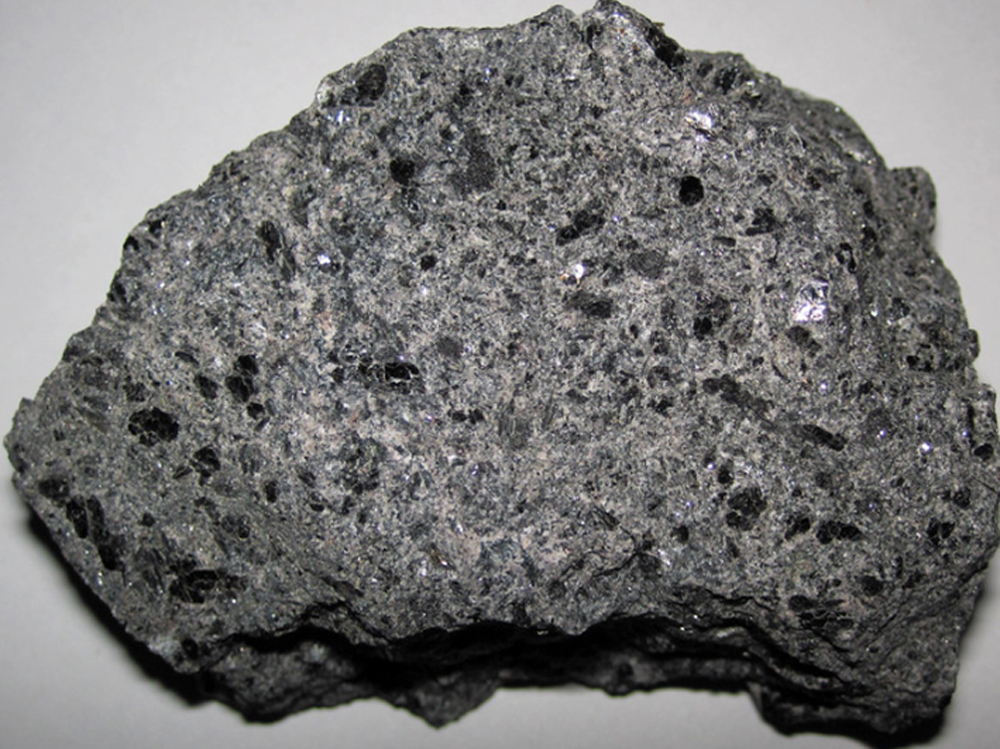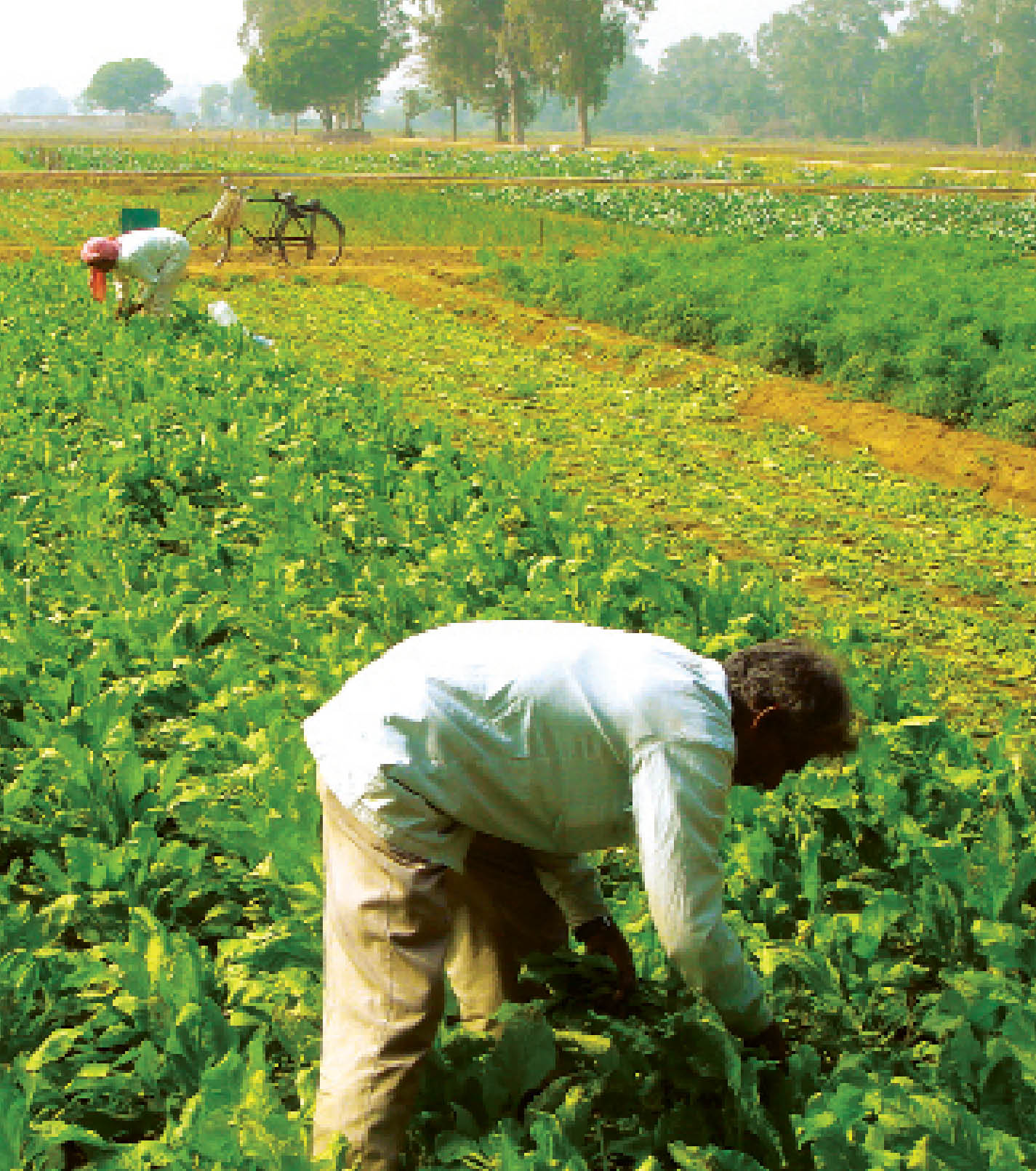The Carbon Cycle



India is set to embark on a new chapter in its Polar exploration journey with the construction of Maitri II. The Indian government plans to establish a new research station near the existing Maitri ba...
.png )
The Deep Ocean Mission (DOM), approved by the Government of India in 2021 under the Ministry of Earth Sciences (MoES), represents a strategic step in realizing Sustainable Development Goal 14 (SDG 14:...

China recently announced restrictions on the export of seven rare earth elements (REEs), soon after US President Donald Trump decided to impose tariffs. As the world's dominant supplier—responsible fo...
Carbon dioxide is the most available form of carbon for living organisms and the process by which it is cycled around the ecosystem, quickly or over million years is called the carbon cycle (Fig. 1)....
Nitrogen is an element vital to all life processes on Earth . It comprises of 78 per cent of the atmosphere, and is embedded in every living tissue. It is a component of amino acids, proteins and nucl...
IPCC Special Report on Renewable Energy Sources and Climate Change Mitigation, 2011. As emission rates substantially exceed natural removal rates, concentrations of CO2 will continue to increase, whi...
Carbon dioxide is the most available form of carbon for living organisms and the process by which it is cycled around the ecosystem, quickly or over million years is called the carbon cycle (Fig. 1). Although the amount of carbon dioxide we emit increases year by year, the rate at which the gas accumulates in the atmosphere has slowed. The increase in carbon dioxide has been caused by many factors...

Nitrogen is an element vital to all life processes on Earth . It comprises of 78 per cent of the atmosphere, and is embedded in every living tissue. It is a component of amino acids, proteins and nucleic acids. With the exception of carbon, nitrogen is the most universal element of life.

IPCC Special Report on Renewable Energy Sources and Climate Change Mitigation, 2011. As emission rates substantially exceed natural removal rates, concentrations of CO2 will continue to increase, which will raise global mean temperature. In the absence of additional climate policies, the Intergovernmental Panel on Climate Change (IPCC) projected in 2007 that global average temperature will rise o...
